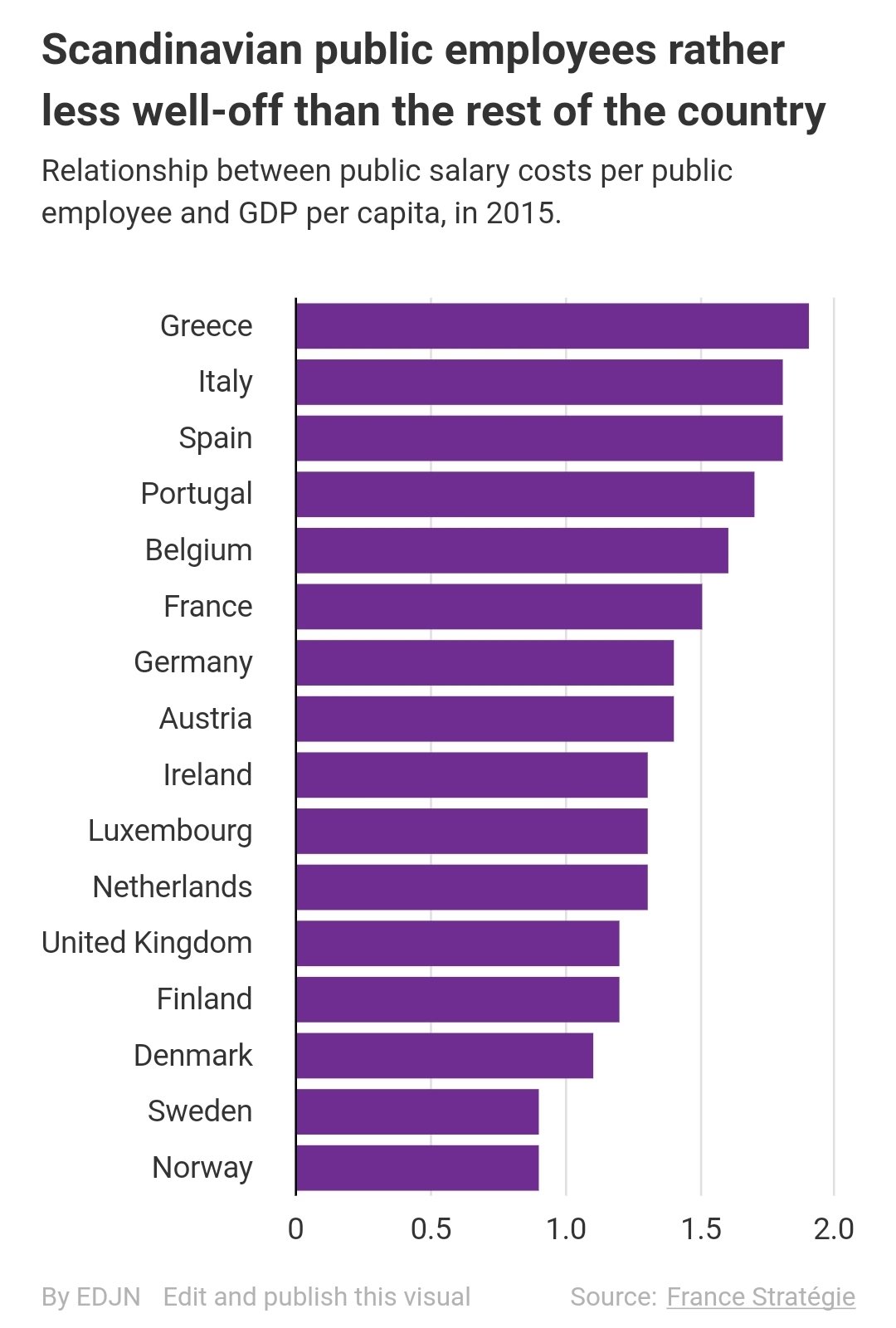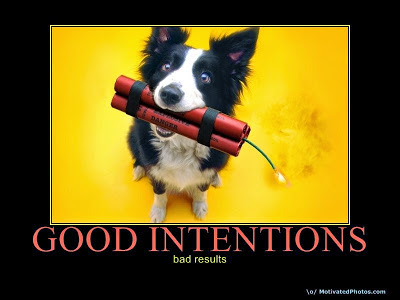"The reality is that we are in an era ruled by uncertainty. In one recent survey, more than 80 percent of business leaders said that they were likely to make significant and long-lasting changes in how they organized work and interacted with and served customers. [Moi ici: Remember the punctuated equilibrium and sudden shifts] Opportunities to redesign the business and do something substantially different usually come only after an event such as a merger or when a startup suddenly scales. But the wide-ranging effects of the coronavirus pandemic give all businesses the impetus for change.
.
How do you as a company leader design for this different world? When the ground shifts beneath you, the first thing to do is find a solid place to stand — and that is your value proposition. Customers come to you for a reason: because you’re innovative or top-quality, because you’re a one-stop shop, or because you build deep relationships.
...
1. Segment your customers. “The customer is always right” is one of the oldest and most misleading adages in business. The customer is always right only if you have the right customer. [Moi ici: Something that we defend here long time ago: here and here] Has your “right customer” changed? [Moi ici: Something we spoke about last Monday] Through no fault of yours, businesses you’ve worked with or customers whose needs you successfully met may have temporarily retreated or changed to a new model. How can you still be “right” for each other?
.
Consider Panera Bread — a fast-casual restaurant chain, meaning it’s a cut above fast food but is not at the level of waitstaff service. Panera’s value proposition emphasizes food made fresh from sustainably sourced ingredients. Its right customers have traditionally been office workers: individuals picking up a bagel and coffee for breakfast or meeting a colleague for lunch; groups for which it caters a selection of sandwiches and salads for meetings. That right customer is no longer in the same place; she is probably working from home now, and is likely to continue doing so at least some of the time for the foreseeable future. Lunch around the conference table? Well, maybe next year.
...
You might also find that your company has new right customers: These might be people or companies that have changed in ways that could benefit you if you design ways to connect with them, or that have been stranded by the incapacity of others, or that are worth your attention now although they weren’t before."
Excerpts taken from "Forget about the “new normal”: Design something different"































